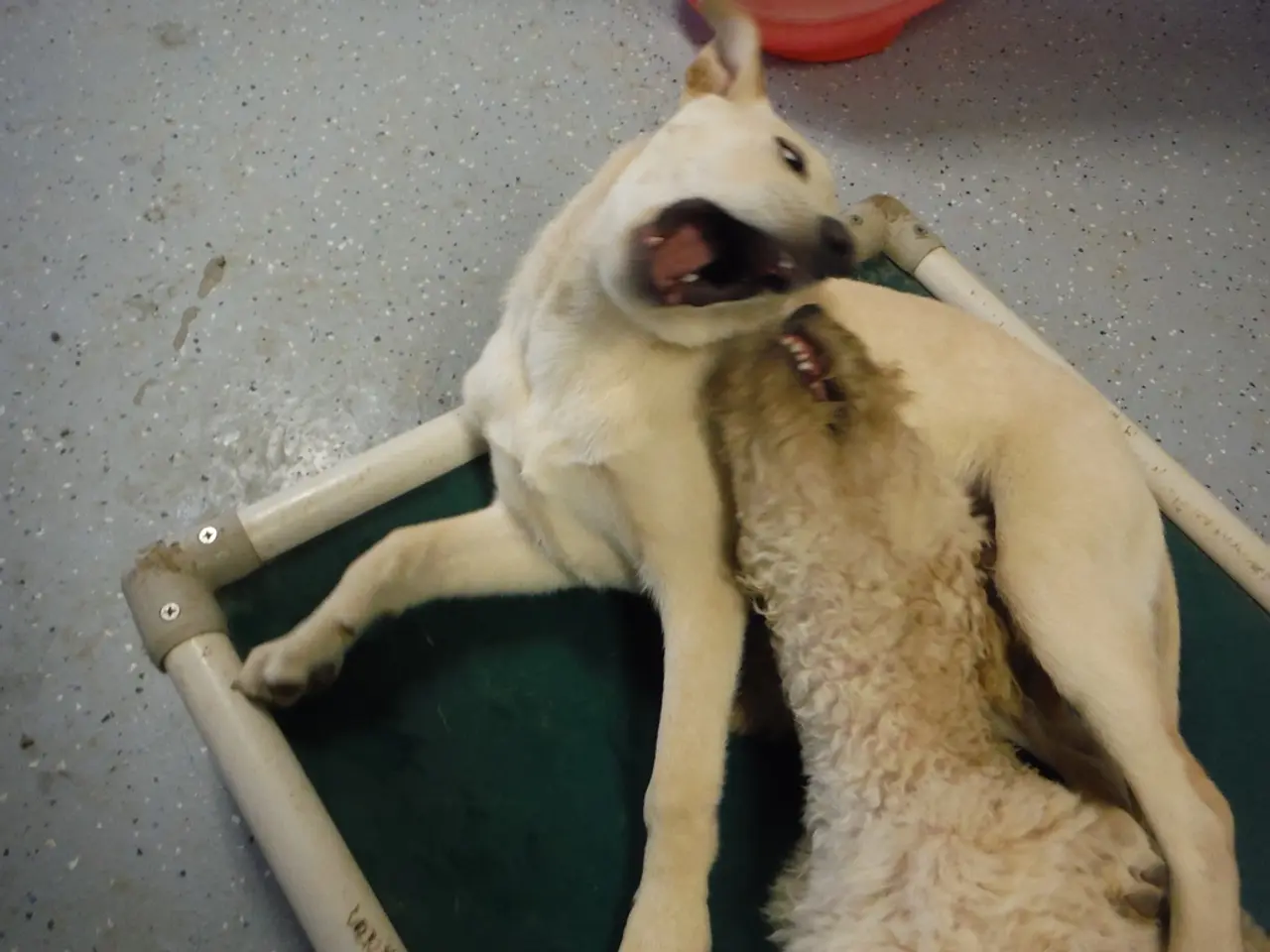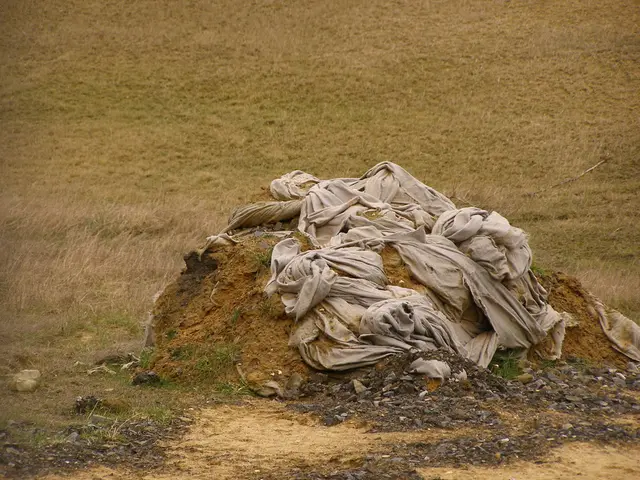Government Endorses Supreme Court Decision on Stray Dog Eradication in Delhi-NCR: Cites 10,000 Daily Bite Incidents Justified by Meat-Eaters Claiming Animal Love
The Supreme Court of India has revised its stance on the removal of stray dogs in Delhi-NCR, prioritising humane treatment and careful management of aggressive animals while ensuring public safety.
In a hearing on August 13, the new three-judge bench, consisting of Justices Vikram Nath, Sandeep Mehta, and N V Anjaria, reassessed the earlier orders issued by a two-judge bench on August 8 and 11. The earlier orders had directed civic authorities to round up all stray dogs in eight weeks and keep them in shelters without release.
However, the new bench found the blanket sheltering order "too harsh" and incompatible with the Animal Birth Control (ABC) Rules, which mandate sterilisation and release after treatment. The Court emphasised a balance between public safety and animal welfare, acknowledging the importance of controlling aggressive and rabid dogs while protecting the rights and wellbeing of stray dogs.
The revised position states that stray dogs must not be permanently removed from their original locations but instead should be captured, sterilised, vaccinated, and dewormed, and then released back to the same area from where they were picked up. Dogs that are infected with rabies or display aggressive behavior are exceptions and should be kept in separate shelters for public safety.
The Court also banned feeding of stray dogs in public places, while directing the Municipal Corporation of Delhi to set up dedicated feeding zones with clear notice boards and helplines for enforcement. Municipal authorities are directed to create proper infrastructure, including sufficient personnel in shelters to carry out sterilisation, immunisation, and deworming, and to establish designated feeding zones—feeding stray dogs outside these zones is prohibited and punishable.
NGOs involved in the matter are to be compensated with funds to improve facilities but barred from further submissions in this case to streamline the process. Congress leader Rahul Gandhi welcomed the Court's revised order, calling it a compassionate and scientifically grounded approach that balances animal welfare with public safety.
Solicitor General Tushar Mehta, who was appearing for the government during the hearing, mentioned that dog bites in India number "thirty seven lakhs a year, 10,000 per day." He asserted that children can no longer play outside freely due to the menace of stray dogs. However, he also emphasised that "Nobody is an animal hater."
The debate in the Supreme Court now continues over how to balance public safety with animal welfare, as both sides hold sharply divergent views on the best path forward. Solicitor General Mehta stated that "This is my stand, not the government's stand. Your lordships will have to find a solution."
The Court's revised stance prioritises humane treatment of stray dogs through sterilisation and vaccination programs and careful management of aggressive animals, while ensuring public safety through controlled feeding practices and sheltering only when necessary. This approach aligns with national ABC rules rather than permanent removal or mass sheltering of stray dogs.
[1] India Today
[2] The Hindu
[3] NDTV
[4] The Times of India
- India's Supreme Court, in the August 13 hearing, revised its stance on stray dog management in Delhi-NCR, prioritizing humane treatment while ensuring public safety.
- Debates continue among Indian newspapers such as India Today, The Hindu, NDTV, and The Times of India, over the balance of public safety and animal welfare in the management of stray dogs, with Solicitor General Mehta asserting, "This is my stand, not the government's stand. Your lordships will have to find a solution."
- Following the announcement, the Congress leader Rahul Gandhi welcomed the Court's revised order, praising it as a compassionate and scientifically grounded approach that aligns with national ABC rules, balancing animal welfare concerns with public safety measures.








